
The University of Calgary (largely controlled by oil and gas money) study does not mention the 2015 John Hopkins study, frac’ing, fracquakes, oil and gas drilling, waste injection, enhanced oil recovery, CCS, pipelines and related activities etc. Let’s just blame the escalating radon problem in Canada on people living, learning and working in buildings, which is everyone except those living on the streets.
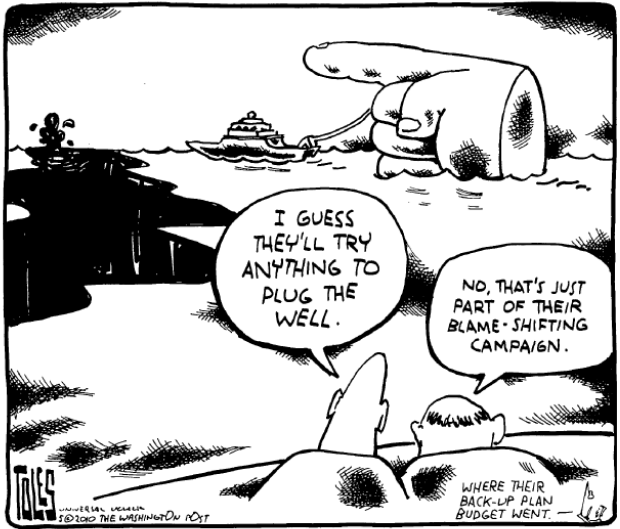
Frac’ing causes many earthquakes which release radon gas. Progress is being made in the field of radon measurements predicting earthquakes. I bought a permanent radon measuring unit a few years ago. It’s fascinating seeing how dramatically radon levels in my house sky rocket prior to earthquakes far from Rosebud. The bigger the quake, the higher the levels.
How many frac/drilling/injection-caused earthquakes are there in Sweden compared to Canada?
How much more resource rape and pillage, especially frac’ing and waste injection, is there in Canada compared to Sweden?
***
2019: Pennsylvania: Frac’ing under investigation following surge of rare cancer cases
2017: Alberta children at risk from deadly radon gas in their schools? Radon testing done in schools across Canada to survey for cancer risk, only 1% of Alberta schools tested. What’s Alberta hiding? Too many decades of fracking, waste injection & enhanced oil recovery release too much radon in Alberta?
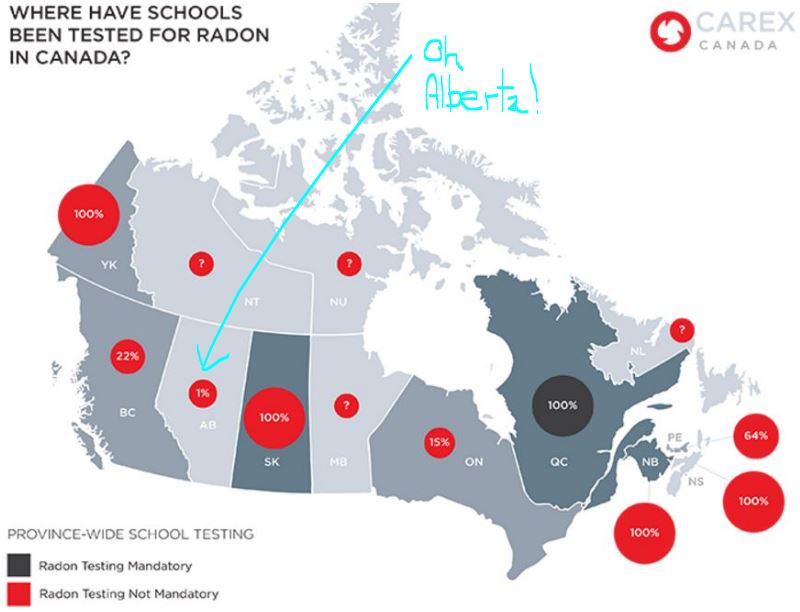
2013: Radon gas leaks in coalbed methane fields in Australia spark call for probe
2013: Slide from Dr. Larysa Dyrszka presentations, warning of radon from gas extraction.
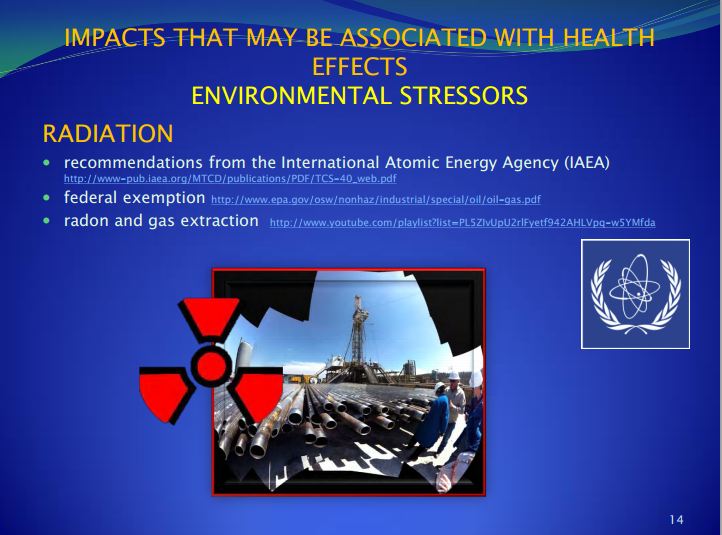
2012: Silent killer: Health Canada urges testing homes for cancer-causing radon while keeping from Canadians their 2012 report admitting significant frac risks
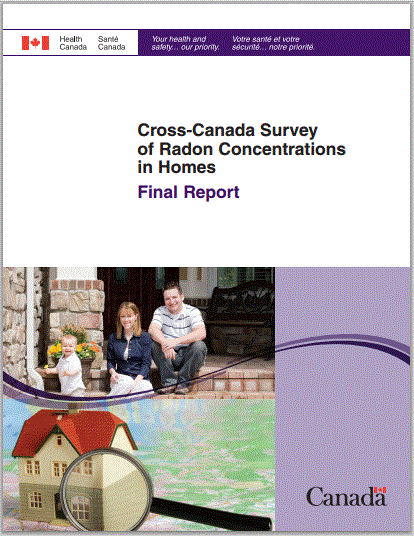
2011: Radon threats are grounds for precaution
2009: Anomalous radon emission as precursor to earthquakes
Abstract
Recent years have seen an ever increasing interest in studying the usefulness of radon measurements in earth sciences. Radon emissions that are enhanced by forthcoming geophysical events as earthquakes or volcanic activity have been observed all over the world.
The abnormal radon exhalation from the interior of earth, as a precursory phenomenon related to earthquakes and as an indicator of underlying geological faults, is an important field of investigation.
For this purpose a number of active and passive methods for getting radon signals have been developed. Several models have been proposed as an explanation of the experimental field data. This paper gives a brief review of the progress made in the field of radon measurements in earth sciences specially in predicting earthquakes. Radon anomalies that have been observed in soil gas as well as groundwater or spring prior to earthquakes have been reviewed in this paper. The models proposed in relating precursor time, epicentral distance, magnitude of earthquake have also been discussed. …
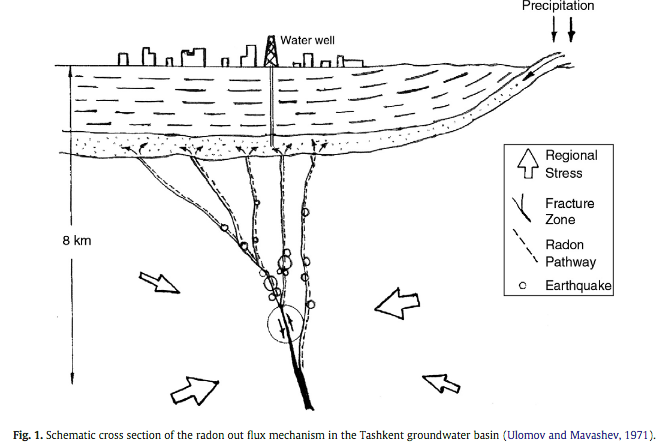
1979: Role of Radon Gas in Predicting Earthquakes Is Examined
Scientists know that larger than normal quantities of radon, a radioactive gas, are released prior to some earthquakes.
Some weeks ago, they began noticing unusual radon releases in two deep wells in the Los Angeles area. Based on these hints, they began a review of data from instruments throughout southern California to see whether an earthquake could be expected anywhere in the region. Since no other warning signals were found, no significant earthquake was predicted.
Nevertheless, a severe earthquake, centered near the Mexican border, struck southern California on Monday. …
***
![]() Frac’ing, fracquakes, mining, oil and gas drilling, waste injection, enhanced oil recovery, CCS, pipelines and related activities, etc. and the 2015 John Hopkins study linking fracing to increasing radon in homes, are all not mentioned in U of C’s study
Frac’ing, fracquakes, mining, oil and gas drilling, waste injection, enhanced oil recovery, CCS, pipelines and related activities, etc. and the 2015 John Hopkins study linking fracing to increasing radon in homes, are all not mentioned in U of C’s study![]()
Rising Canadian and falling Swedish radon gas exposure as a consequence of 20th to 21st century residential build practices by Selim M. Khan, Dustin D. Pearson, Tryggve Rönnqvist, Markus E. Nielsen, Joshua M. Taron & Aaron A. Goodarzi, Sept 2, 2021, Scientific Reports volume 11, Article number: 17551 (2021)
Abstract
Radioactive radon gas inhalation is a major cause of lung cancer worldwide and is a consequence of the built environment. The average radon level of properties built in a given period (their ‘innate radon risk’) varies over time and by region, although the underlying reasons for these differences are unclear. To investigate this, we analyzed long term radon tests and buildings from 25,489 Canadian to 38,596 Swedish residential properties constructed after 1945. While Canadian and Swedish properties built from 1970 to 1980s are comparable (96–103 Bq/m3), innate radon risks subsequently diverge, rising in Canada and falling in Sweden such that Canadian houses built in the 2010–2020s have 467% greater radon (131 Bq/m3) versus Swedish equivalents (28 Bq/m3). These trends are consistent across distinct building types, and regional subdivisions. The introduction of energy efficiency measures (such as heat recovery ventilation) within each nation’s build codes are independent of radon fluctuations over time. Deep learning-based models forecast that (without intervention) the average Canadian residential radon level will increase to 176 Bq/m3 by 2050. Provisions in the 2010 Canada Build Code have not significantly reduced innate radon risks, highlighting the urgency of novel code interventions to achieve systemic radon reduction and cancer prevention in Canada.
***
Radon levels in new Canadian homes now 467% higher than in homes in Sweden, U of C study finds, Canadian and Swedish homes found to have comparable levels in the 1980s by Hannah Kost, CBC News, Nov 24, 2021
Forty years after Canadian and Swedish homes were found to have comparable levels of radon gas, a new University of Calgary study suggests radon levels in recent builds in Canada now far exceed their Swedish counterparts — by 467 per cent.
Inhalation of the radioactive gas is the leading cause of lung cancer in non-smokers, and about 3,200 Canadians die from exposure each year, according to Health Canada.
And without intervention, say the team of cancer researchers and Canadian architects behind the U of C study, the average radon level of a new Canadian home will increase another 25 per cent over current levels by 2050.
Those levels are already the third-highest in the world.
“In most regions, [Canadian radon] has gone up, while Swedish radon has systematically gone down,” said Aaron Goodarzi, an associate professor at the University of Calgary’s Cumming School of Medicine.
And now, the researchers are trying to find out why.
“It is probably a complicated mergence of just the way we as Canadians build our houses, the way we heat our houses — which is actually quite different from the way the Swedes do it — as well as the uniqueness about Canadian behaviour,” Goodarzi said.
Odourless, tasteless, naturally occurring
Goodarzi is also the scientific director of the Evict Radon National Study, a Canada-wide initiative that seeks, in part, to educate Canadians about the harmful effects of radon.
Odourless, tasteless and naturally occurring, radon gas is created from the decay of uranium in minerals found in rock, soil and water, according to Lung Cancer Canada.
It’s also present in all indoor environments — but by how much is a key factor when evaluating its safety.
“One in five Canadian houses exceed 200 bq/m3,” Goodarzi said. “Now, that’s what Health Canada sets as the maximum tolerated radon exposure limit — you start to see a cancer risk at 100.”
For their study, the U of C researchers said they chose to compare radon levels in Canada with those in Sweden because the Nordic country has similar climates, as well as data on the subject that goes back decades.

In the 1950s, Swedish properties actually exceeded Canada’s houses in radon levels, Goodarzi said. This levelled off around in the 1980s, when the two countries were about the same.
For the more recent study, teams from across Canada analyzed long-term radon tests and buildings from more than 25,000 Canadian and 38,000 Swedish residential properties constructed since the Second World War.
Now, the radon picture is much different — higher across all provinces and territories in Canada — and Goodarzi said there are factors that could be exacerbating the problem.
“You have to have a [radon] source in the ground, while both Sweden and Canada have the source — the geology that hasn’t changed,” he said.
“You [also] need the type of property that captures, contains and concentrates it.”
Radon no longer a winter problem
While Goodarzi said the researchers are not yet 100 per cent sure why Canada has seen such an increase in radon over Sweden, one difference between the two countries is the way homes are heated.
“Throughout most of Canada … 50 to 90 per cent of houses are heated with forced ventilation based on a natural gas furnace. Well, in Sweden, it’s less than 10 per cent [that] use that same technology,” he said.
Another factor that promotes radon exposure is human behaviour, Goodarzi said — and some examples are as simple as whether or not someone opens their windows.
“If you don’t have air conditioning or you don’t use yours, [and] instead you prefer to open the windows and doors, you’re going to have lower radon in summer than you might if you turn the air conditioning on and had everything closed,” Goodarzi said.
“[And] due to the way Canadian houses mix their air, there’s really very little difference [in radon] between the basement and the upper floors.”
Climate change could also be making a measurable difference, he said, and rendering radon a summer problem instead of just a winter one.
“Forest fire smoke prevalence, which is increasingly a problem for Canadian cities, means that our houses in the summer are operating very much like they do in the winter,” Goodarzi said.
“The air outside is too toxic for us to have the windows and doors open.”
‘We can’t afford to wait’
Joshua Taron, the associate dean of research and innovation with the School of Architecture, Planning and Landscape at the University of Calgary, was involved with the study.
He says that prevalent and unsafe radon levels are “rooted in the design of our built environment.”
The research is urgent, he says, so that people can become more aware of the impact of their own homes on their health.
As a whole, the team is calling for proactive radon mitigation systems to be included in all new residential properties that are constructed using the 2025 building code.
“Today in Canada, you can ask a professional to come to your house and they’ll retrofit your house with the mitigation. It’s relatively fast, one to two days’ work, relatively inexpensive and very effective,” Goodarzi said.
“The idea, though, is we don’t retrofit houses. We build them immune to radon in the future.”
And they feel there isn’t a lot of time to waste.
The researchers behind the study say that lung cancer rates in Canada are 163 per cent higher than in Sweden, despite smoking rates being essentially the same.
“We can’t afford to wait,” Goodarzi said.
“The lives of tens of thousands of Canadians are on the line here, not to mention tremendous amounts of health-care dollars that we will never need to spend if we work towards prevention today.”
With files from Rick Donkers and Axel Tardieu
One of the comments:
Rob Weaver:
I’ve read the study, which is available here: https://www.nature.com/articles/s41598-021-96928-x
It’s certainly puzzling. The researchers tested a bunch of factors to try to explain why the radon is higher in newer Canadian houses, but lower in new Swedish houses – but none of them were significant. The different methods of heating is a possibility, but they didn’t have data on that so they weren’t able to look at it. And it doesn’t explain why older homes in Canada are so much better than newer homes, whereas in Sweden it’s the reverse.
